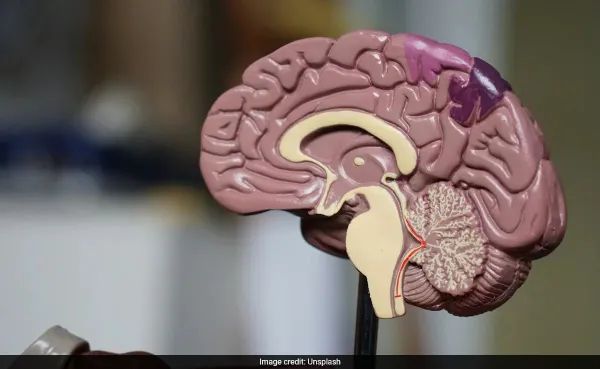
The growth of electric vehicles (EVs) depends heavily on the expansion of public charging networks. While charging infrastructure (or the lack of it) in India is still a pressing issue, a recent report suggests that the growth of public charging stations in the last couple of years has been nothing short of inspiring.
Public Charging Infrastructure grows
According to the Indian EV report released by Tata Motors, public charging infrastructure across the country has witnessed a staggering 4x growth between 2023 and 2025, taking the total number of public charging stations from 5,500 to over 23,000. This rapid growth is a result of various collaborative initiatives between the government at both central and state level, OEMs and other third party solution providers that have added more than 18,000 public chargers in just 15 months.

The report further reveals that 91% of national highways now have a fast charger within 50 km. States and union territories like Karnataka, Haryana, Delhi, Kerala, Bihar, Chandigarh, Punjab, Goa, Tripura, Sikkim, Puducherry, Daman & Diu, and Dadra & Nagar Haveli have achieved 100% fastcharger coverage across all national highways. More importantly, the top 25% of chargers are already operating at profitable utilization levels.
Change in Consumer Behaviour & Trust
The growth in charging infrastructure has also led to a change in consumer behaviour. As of July 2025, 35% of Tata EV consumers utilize a fast charger at least once a month, up from 21% in 2023. The report claims that in the last two years around 77% of Tata EV consumers have taken trips that required access to public charging stations. 50% of Tata EV owners completed journeys over 500 km, thus debunking “range anxiety.”

Around 14,000 owners rely primarily on public charging for their EVs. This indicates growing consumer confidence for EVs.
EV Adoption & Usage Patterns
The positive consumer sentiment has reportedly helped EV sales. The report states that 65% of Indian pin codes now have at least one registered EV signifying the increased EV adoption across the country. Highlighting the change in usage patterns of EV consumers, the report claims that in 2025, 84% of users consider EVs their primary vehicle as compared to 74% in 2023.
The low running cost means that EVs owners drive 27 days in a month, which is 35% higher than ICE users. On average, EVs run 1,600 km per month, 40% more than ICE vehicles. Today, EVs cover 95% of India’s road network, supporting longdistance travel.

Challenges highlighted
This widening of charging infrastructure hasn’t come easy. Authorities, OEMs and vendors have had to face numerous challenges over the past two years. As of early 2024, nearly 12,000 public chargers were reported nonfunctional. According to a survey conducted by Tata, about 38% of customers cited unreliable chargers as a major concern.
On highways, even one malfunctioning charger can cause hours of delay—or in some cases, leave drivers stranded. Moreover, 36% of customers surveyed say that the most important factor in EV charging is the time taken to complete a fast charge. Hence, it has been concluded that fast charging is fundamental to EV adoption in India and not just a luxury.
-
Vitamin B12 will increase in the body at the speed of a bullet. Just eat this dal in this manner, then vitamin B12 will not decrease

-
Potatoes are not bad for type 2 diabetes. But, here’s what you should know

-
Why the Triangle of Death on Your Face Could Be a Serious Health Threat?

-
Covid’s hidden damage: How the virus is putting women’s hearts at risk

-
Doctor Reveals 5 Simple Hacks To Boost Brain Health, Make It Sharper
